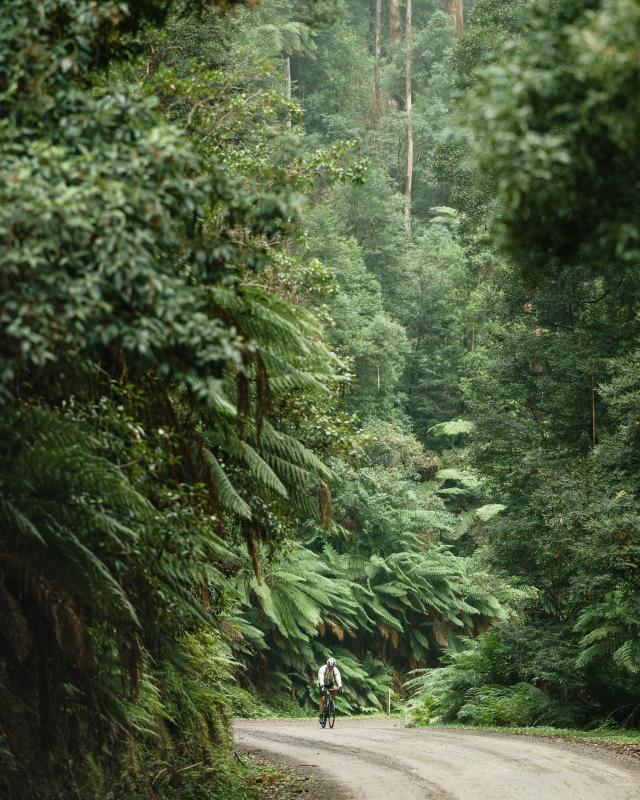Spring has sprung, which means Healesville Sanctuary’s critically endangered Mountain Pygmy-possums are waking from their winter slumber with big appetites.
These precious possums are Australia’s only hibernating marsupial and can spend up to seven months under the snow in the Bogong High Plains and Mt Buller in Victoria, and Mount Kosciuszko in New South Wales.
Healesville Sanctuary’s possums live in temperature-controlled habitats that mimic the alpine environment.
However, while the Sanctuary’s possums have food provided to them daily, the wild populations have to wait for their key spring food source – the endangered Bogong Moth, which migrates from breeding grounds to the alps and back again.
Worryingly, the severe drought in 2017 saw Bogong Moth numbers plummet by an estimated 99.5 per cent, prompting Zoos Victoria to launch the conservation project, Moth Tracker.
This citizen science Moth Tracker website maps the migration of Bogong Moths across Australia, thanks to photo submissions that can be uploaded by anyone who has a potential sighting of a Bogong Moth. The images are then verified and mapped on the Moth Tracker website.
Bogong Moths are small and mostly brown, with a body length of around 2.5 – 3.5 centimetres. They have a dark stripe that runs down each wing with a circular spot at the top of the stripe and a kidney-shaped spot at the bottom. Bogong Moths were added to the IUCN (International Union for Conservation of Nature) Endangered Species list in December 2021.
Healesville Sanctuary Threatened Species Keeper Paula Watson said Mountain Pygmy-possums’ body weight changes dramatically during their hibernation.
“Each week the possums shed weight and, come springtime, they weigh around 40 grams – half their autumn weight – which means they are hungry and ready to breed when they wake,” she said.
The Moth Tracker website is: mothtracker.swifft.net.au/
A QUICK GUIDE TO HELP POSSUMS AND MOTHS:
1. Keep a look out for Bogong Moths during spring.
2. If you think you have seen a Bogong Moth, take a photo and upload it to the Moth Tracker website.
3. The sighting will be verified on the map by a moth expert.
4. This data helps scientist track migratory patterns and make future conservation decisions.
Mountain Pygmy-possums are classified as Critically Endangered with a decreasing population according to the IUCN Red List, with fewer than 2,000 left in the wild.








